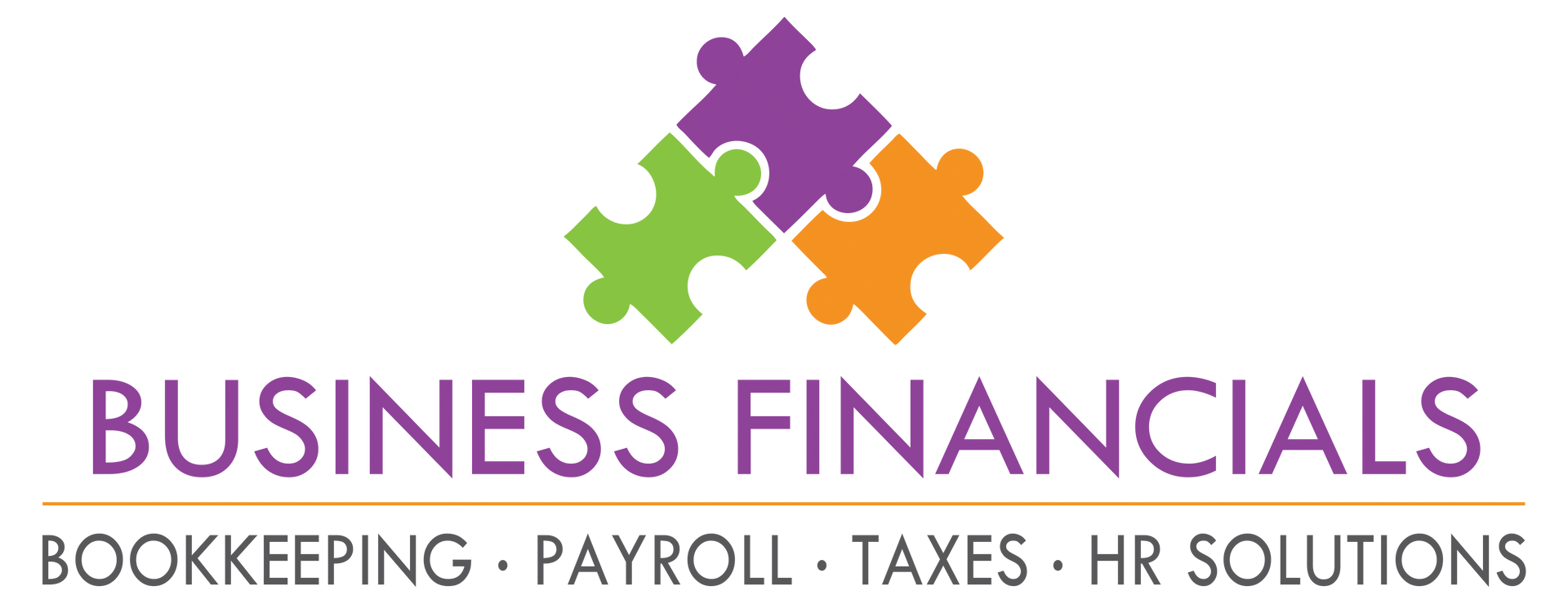Reduce Impact on Staff with Self-Service Access to Timecards, Pay Stubs, and PTO Balances.
Employee self-service (ESS) is no longer a nice-to-have. Today’s workers expect to be able to view and update HR-related information anytime from anywhere. This includes schedules, timecards, pay stubs, PTO accruals, and benefits information.
While self-service provides multiple benefits, we’ll focus on cost savings. First, let’s look at the cost of manual timekeeping.
3 Key Findings on the Cost of Manual Employee Timekeeping
1. “The average cost of labor every time an employee fills out a timecard is $9.37. For a company with 100 employees, that’s $937 in employee time every pay period.” (Ernst & Young)
2. “It costs $15.14 each time a manager verifies the accuracy of an employee timecard.” (Ernst & Young)
3. “Leakage of time is a big problem in professional businesses–with over 38% of potential billable revenue lost to delays in filling in timesheets and untracked time in meetings and answering emails. Businesses that can address this issue and solve it stand to gain handsomely with a revenue boost of up to 61%.“ (Accelo)
Employee self-service addresses each problem listed.
Ditch Paper and Spreadsheets for Digital Timecards
An automated system captures work time as employees clock in for shifts. Digital timesheets have few errors because the software tracks time worked and tallies hours, adjusts for PTO, holidays and sick leave. Because of this, managers don’t have to correct many timecards. Occasionally an employee will forget to clock in or out, but the system sends the manager an alert which allows them to fix it quickly–before submitting hours data to payroll.
Job Codes Ensure You Track All Billable Time
In professional services businesses, employees and contractors (whether salaried or hourly) can use job codes to assign time to clients, projects or locations. With mobile clocking, they can easily clock in when they do work outside of normal business hours. This makes it easy to capture all billable time for all clients.
Protect Your Budget From High Administrative Costs
Without employee self-service, employees have to call or email HR every time they need to update their contact or direct deposit information, make a change to benefits, get pay history, or ask a question. When employees can manage most of these tasks by themselves, you can run your business with a smaller HR team. The collective savings of employee self-service can slash labor costs significantly.
How Employee Self-Service Lowers Costs
Let’s recap the financial benefits of employee self-service:
· Operate on a smaller labor budget by allowing employees to manage most HR tasks
· Free up time for managers and HR to work on revenue-generating activities
· Eliminate HR silos, duplicated work, and fragmented management
· Boost productivity and morale–especially for remote and mobile workers–which improves retention (which saves money on hiring and training and increases productivity)
Case Study: Veterinary Practice Lowers Labor Costs With Employee Self-Service
A veterinary practice graduated from manual processes to an all-in-one solution with ESS. Prior to the upgrade, employees had to text, email or call their supervisor when their hours deviated from the schedule.
With the automated system, employees can leave notes in the software which allows the supervisor to review schedule deviations and approve timecards before payroll.
Employees can also see their accruals, request time off, and drop and pick up shifts with coworkers. Centralized bidirectional communication prevents payroll errors and unplanned overtime while lowering administrative costs.
To learn exactly how much you can save with automated time and labor, try our Time and Attendance ROI Calculator.
THIS ARTICLE IS FOR GENERAL INFORMATION PURPOSES ONLY. BUSINESS FINANCIALS, INC. (BFI) IS NOT ISSUING SPECIFIC FINANCIAL OR TAX ADVICE. PLEASE CONSULT WITH A LICENSED FINANCIAL PLANNER, TAX ATTORNEY, OR ACCOUNTANT FOR ASSISTANCE WITH YOUR SPECIFIC SITUATION. IF YOU NEED HELP, WE INVITE YOU TO CONTACT US. WE WILL BE HAPPY TO MAKE RECOMMENDATIONS OR REFER YOU TO A LICENSED PROVIDER WHO MAY BE BEST SUITED FOR YOUR SITUATION.





